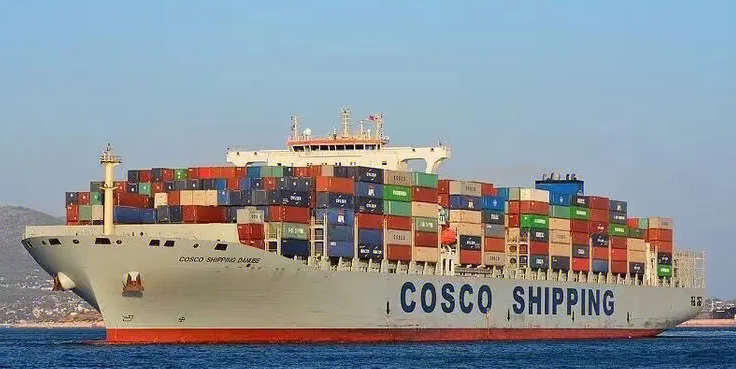Recently, the two major phenomena of price increase and shortage of boxes in the shipping market have been tormenting the freight forwarding industry and foreign trade practitioners. Many reasons for the problems have been summarized on the Internet. At the same time, everyone is trying to find the fastest way to get the boxes. Find a lower-cost transportation method. All problems may seem like problems, but they are actually the result of an imbalance between supply and demand. People's overly strong desires continue to increase the severity of the problem until a critical point occurs. Fortunately, freight forwarding is The service industry will not produce product backlogs similar to those in the real industry.
I have previously predicted the final result of the increase in sea freight. When market demand drops and product profit margins are not enough to absorb transportation costs, the current situation will naturally end. Is it just going to end in an instant, or will it end slowly? As freight forwarders, we are just a channel for transmitting certain values. Our risk is actually that there is no risk. We have no core competitiveness to protect us from fluctuations, and shipping companies will not blindly expand production capacity and change to solve market conflicts. Regarding the shortage of containers, firstly, the other party cannot predict when market supply and demand will be balanced, because production capacity is inelastic and cannot be allocated and withdrawn in a short period of time. Secondly, the current market contradiction will also cause freight rates to continue to rise, thereby expanding revenue and profits.
What are the implications for practitioners of the changing background of the freight forwarding market? When you can objectively identify market supply and demand and understand the problems that lead to the imbalance of supply and demand, you will no longer pursue those uncertain businesses that are too risky. Our respective platform attributes are different from our positions in the industry chain. Ultimately, It determines whether we should take risks to promise customers and cooperate with extremely high-risk agents. The freight forwarding market background will change with changes in shipping companies, airlines and international trade. At this time, all market factors are changing frequently. of drastic changes.
Conflicts in the industry caused by rising freight costs and shortage of boxes are increasing. Some freight forwarding companies use powerful resources to ensure the stability of customers' operations, and some freight forwarding companies use scarce resources to quickly realize cash. No matter which purpose is correct, how to identify the authenticity of resources and customer needs is a test for every practitioner, and The recent risks in the freight forwarding industry are: for example, a customer will use all possible means of entrusting freight forwarders to find boxes, and use high prices to attract a large number of freight forwarders to work for them. In turn, freight forwarders will continue to push up freight prices, and freight forwarding channels There will be real and fake resources released in between. It is common for a container to increase the price and turn over several times. However, this is the normal law of market operation. No one can stop it. However, we can set up future market activity and cooperation. obstacle.
Whether it is the American line, the European line or other ocean routes, the shortage of containers has existed since ancient times. Especially for our freight forwarding companies that make special containers, they will always go to the yard several times in a row and cannot pick up the empty containers. The main problem lies in the volume of seaborne import and export. Unbalanced, the export volume is greater than the import volume, and shipping companies are also using empty containers to balance the volume of containers. If the empty containers are not returned in time, as time accumulates, or the peak season of the European and American markets occurs, there will be a shortage of containers. In addition, , the epidemic has led to the shrinkage of air freight logistics trunk lines, increased dependence on sea freight, and made shortages of containers and price increases more severe than before. However, all increases will have a threshold, and once the critical point is reached, it will naturally fall back.
At present, some mainstream large-scale freight forwarding companies that control transportation resources will benefit from this fluctuation. Small and medium-sized freight forwarders can only passively profit from uncertainty, and this is not sustainable because not every shipping space can be obtained. Customers will also complain and complain when problems arise. This stage really tests the resource integration capabilities of freight forwarders. Whether your supplier can really get you a stable shipping space at a reasonable price may be decided in the future. the possibility of continued cooperation.
